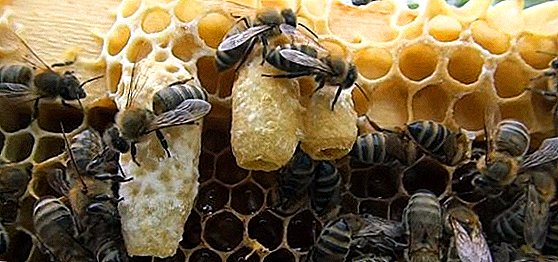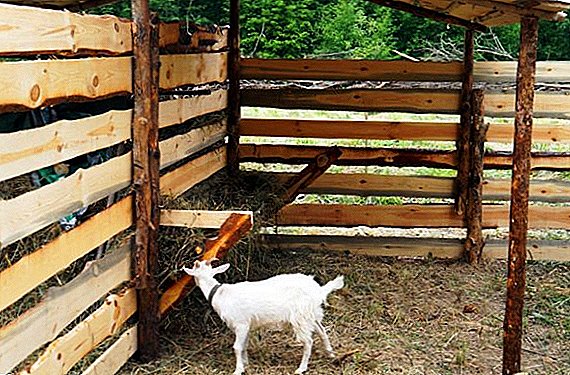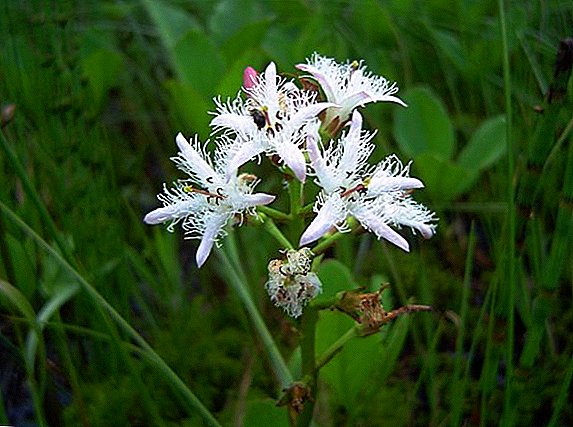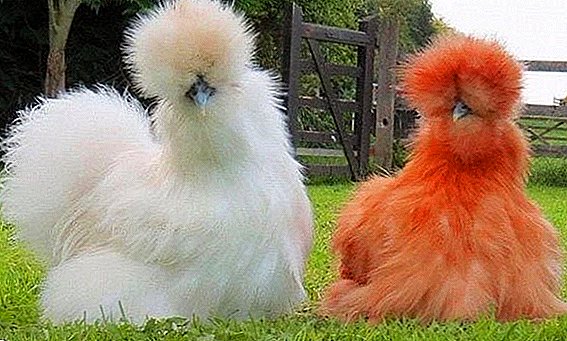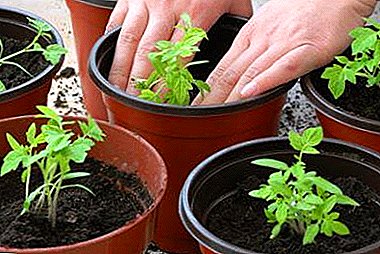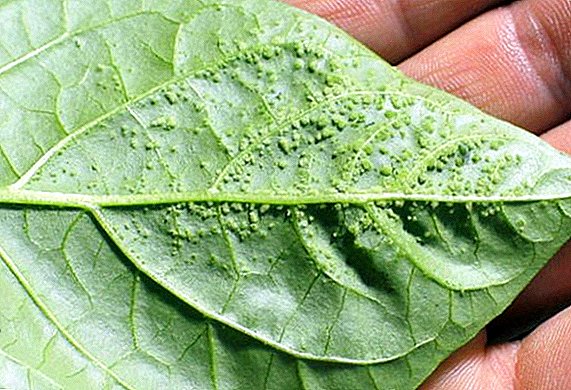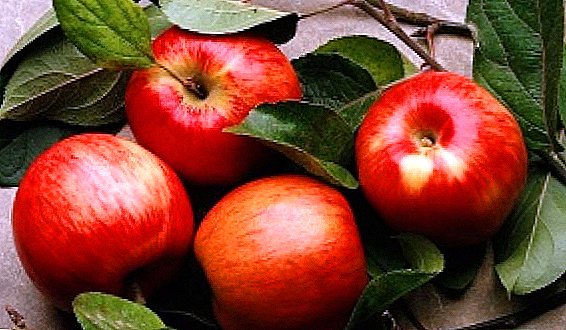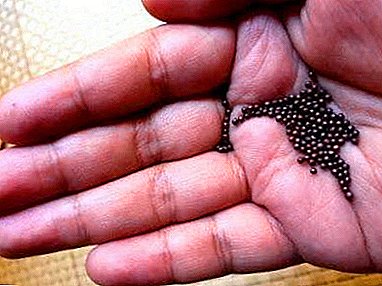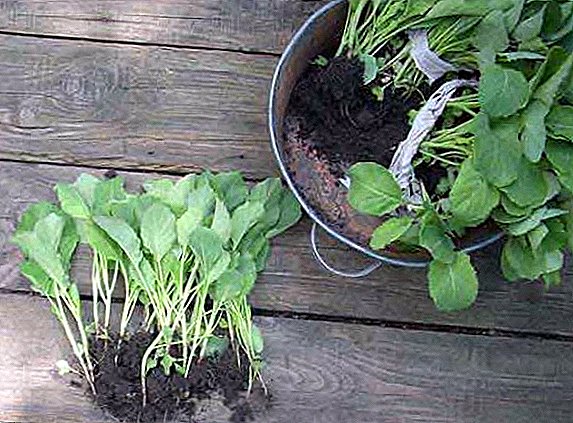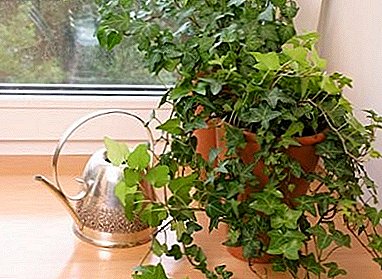
Common ivy is an evergreen shrub of the Araliae family. Most often found in Southeast Asia, North Africa and the Black Sea coast of the Caucasus.
Rich enough varieties, able to satisfy the taste of even the most fastidious grower.
Home care
 The more common name for ivy is convolvulus. So he was called for the ability to braid the walls with long tenacious shoots.
The more common name for ivy is convolvulus. So he was called for the ability to braid the walls with long tenacious shoots.
Ivy has more than 30 species. One of the most common is Hedera Helix (lat. Hedera heliks) or ivy curly.
If you decide to start a room ivy, care at home is easy. Hedera helix enough unpretentious.
It multiplies rapidly, wrapping the walls and ceilings with a lively green mass, clinging to any support due to micro-suckers (air roots) on the shoots.
This species has a large number of varieties, they all differ in the shape and color of the foliage: Hedera helix Harald - ivy with round leaves, Hedera helix sagittaefolia - the leaves of this species resemble the stars, Hedera helix Jubilee (anniversary) - with a colorful leaf color.
Care after purchase
When buying ivy will be important inspect attentively lower part of leaves and plant stems for the presence of parasites (scutes and spider mites) in order not to bring a sick flower to the house.
Ivy rarely goes on sale from domestic nurseries, mostly it is purchased in Holland, they are transported in a special substrate that does not absorb water. That is why after buying a flower needs a transplant.
It is necessary to give him some time to adapt to the new conditions (7-10 days). Ivy is not very easy to tolerate drought, so you should not drag out with a transplant. Replace heder neatly. The root system is completely cleaned from the soil, trying not to damage individual roots.
Capacity for planting choose a wide and shallow, as the root system of ivy surface (like violets). At the bottom of the pot must be placed expanded clay drainage.
Lighting
 Plant Indoor ivy is categorized shade plants. He will calmly respond to a location in the back of the room, away from the window.
Plant Indoor ivy is categorized shade plants. He will calmly respond to a location in the back of the room, away from the window.
The only thing that do not accept heder leaves - contact with direct sunlight.
The variegated species, on the contrary, prefer the light of the penumbra, in the shade their variegated color fades and becomes monotonously green, and the direct rays of the sun are also negative.
Temperature
Heder not thermophilic. In summer, a comfortable temperature for it will be 18-23 degrees. In winter - 6-14 degrees. In the warm season, ivy can be placed in fresh air - a balcony, loggia or garden.
Watering
The soil in the pot where the flower grows Room ivy should always be slightly wet. But this does not mean that the plant needs to be poured from morning to evening - it can die due to stagnant moisture in the soil. A prolonged drought will also affect the health of the plant: its leaves will begin to darken at the edges and fall off.
How to water ivy? It is recommended to water the cheder 2 times per week in summer and once a week in winter (during warm wintering). With low air temperature in winter, watering should be reduced to 1 time in 2 weeks. If in summer the temperature in the room exceeds 20 degrees, the plant needs daily spraying well-settled water.
It is also advisable not to allow excessive dustiness of the leaves (clean leaves better purify the air in the apartment) and from time to time to arrange a warm shower cheder. Ivy endures drafts and a sharp decrease in temperature, and therefore is often used for landscaped landscaping.
REFERENCE ! If the header is constantly in a cool room, watering is required only to maintain soil moisture.
Pruning
 Heder helix grows quickly and in a relatively short period of time can grow long and not very aesthetic looking stalks.
Heder helix grows quickly and in a relatively short period of time can grow long and not very aesthetic looking stalks.
Therefore, to create a lush crown plant need to regularly cut and pinch. Remaining stalks after pruning can be used for breeding.
Experienced growers are advised to carry out the pruning procedure in the period of the most active growth of ivy.
Transfer
Young plants must be replanted once a year. Adults are transplanted every 2-3 years. Transplant spend spring or early fall method of "transshipment".
To do this, the soil is poured abundantly to soften it, then ivy is removed from the pot and, together with the old clod of earth, is dipped into a new container, the voids are filled with fresh substrate. After transplanting requires watering and spraying.
With each subsequent transplant, the capacity (not deep) for the flower is picked up. 10-15% more, as the root system must have a place for full development.
At the bottom of the pot put a thick layer of expanded clay drainage, so that the water does not stand in the ground.
Top dressing
Good growth, bright greens will help provide fertilizing with mineral fertilizers. You should not be zealous, ivy turns yellow and loses foliage from oversupply. Flower feeding is carried out year-round: in the spring and in the summer 2 times a month, in the winter - once a month.
The soil
Header substrate is a mixture of peat, sand, hardwood and sod land in equal parts.
Bloom
Ivy flowers are not beautiful. These are small greenish umbrellas, which, when blooming, produce black fruits.
A photo
Admire the ivy room, grown at home can be in the photo:




Is it possible to keep room ivy in the house?
Exists myththat ivy is able to survive from the house all other home flowers and occupy all the space alone. In fact, the neighborhood with ivy does not bring any discomfort to other plants, on the contrary, many large flowers are decorated with heder, placing it in their pots.
 The presence of ivy in the house brings considerable benefits to its owners, since actively cleans the air and nourishes it with oxygen.
The presence of ivy in the house brings considerable benefits to its owners, since actively cleans the air and nourishes it with oxygen.
Especially useful is the header in the house where animals are kept, as it is capable destroy special fecal bacteria.
Known and medicinal properties this plant. Ivy has antifungal, expectorant, antibacterial properties, on its basis produced a lot of drugs.
Heder softening leaves gels are used to treat skin diseases and in cosmetology. Broth roots treat ulcers, burns, boils.
Thus, the answer to the question "Is it possible to keep ivy in an apartment?" - "Yes." But do not forget that ivy is a plant poisonous. Especially dangerous are its fruits, which children can easily take for edible berries, and leaves that attract cats with their juicy greens.
IMPORTANT! Ivy leaves and berries are poisonous and can cause serious poisoning after they are consumed. Cats poisoning can be fatal.
Conclusion
 Hedera Helix is a beautiful vine that will decorate any room with its presence.
Hedera Helix is a beautiful vine that will decorate any room with its presence.
The main thing is to take care of it and create a comfortable environment for its growth and development.


